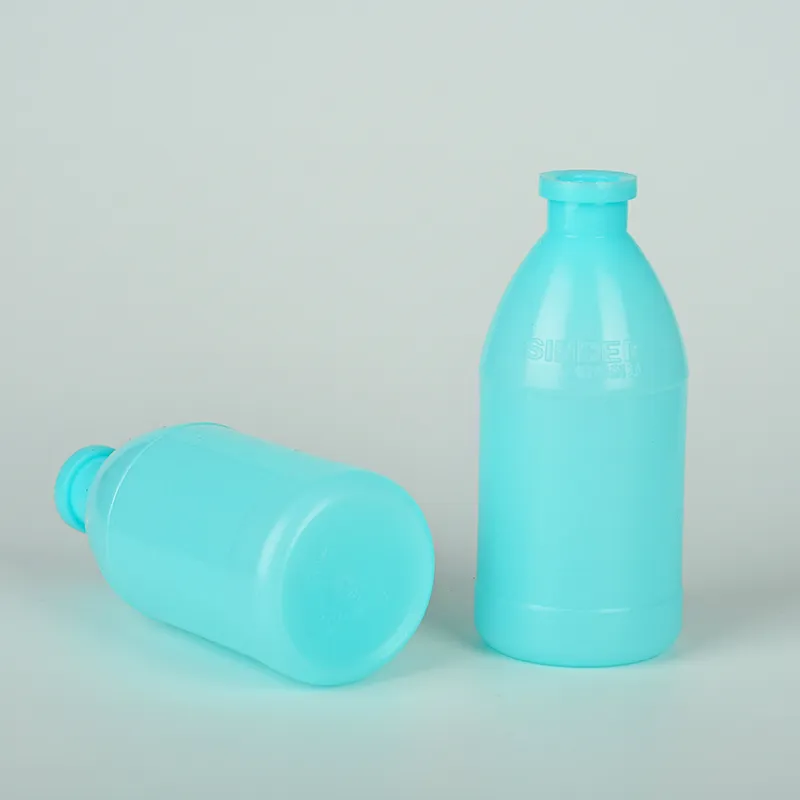https://www.wahmg.com/)">
Sterile Single-Use Petri Dishes for Laboratory and Research Applications
Sterile Single-Use Petri Dishes for Laboratory and Research Applications
The Importance of Sterile Disposable Petri Plates in Modern Microbiology
In the field of microbiology, sterile disposable Petri plates play a crucial role in experimentation, research, and clinical diagnostics. These tools are essential for studying microorganisms, including bacteria, fungi, and other pathogens, providing a controlled environment that is sterile and free from contamination. This article explores the importance, features, and applications of sterile disposable Petri plates, highlighting their value in both laboratory and medical settings.
What Are Petri Plates?
Petri plates, also known as Petri dishes, are shallow, cylindrical, flat dishes typically made from glass or plastic. They are named after the German bacteriologist Julius Richard Petri, who invented them in the late 19th century. These plates are designed to hold culture media, which is a nutrient-rich substance that supports the growth of microorganisms. Today, many laboratories prefer disposable Petri plates made from polystyrene or other plastics, as these materials help ensure sterility and mitigate the risk of cross-contamination.
Sterility and Convenience
Sterility is paramount in microbiological studies because the presence of unwanted microorganisms can lead to inaccurate results. Sterile disposable Petri plates are pre-sterilized, usually via gamma radiation or ethylene oxide gas, making them ready for immediate use upon opening. This eliminates the need for cleaning and sterilizing glass dishes, saving valuable time and resources in busy laboratories. Additionally, their disposable nature means that once the experiment is complete, plates can be discarded safely, further reducing the risk of contamination.
Applications in Research and Clinical Settings
The applications of sterile disposable Petri plates are vast. In research laboratories, these plates are used for a variety of purposes, including isolating and culturing microorganisms, performing antibiotic susceptibility tests, and conducting genetic studies. Researchers can easily observe the growth patterns of bacteria or fungi, assessing factors such as colonial morphology and growth rates.
sterile disposable petri plates

In clinical laboratories, sterile disposable Petri plates are indispensable for diagnosing infectious diseases. Microbiologists can culture samples from patients, such as swabs from wounds, throat, or urine, to identify pathogenic organisms. Identifying these pathogens is critical in guiding appropriate treatment strategies and managing infections effectively.
Customizing Plates for Specific Needs
One notable advantage of sterile disposable Petri plates is the ability to customize them based on specific applications. Researchers can choose from different types of culture media depending on the microorganisms they wish to study. For example, selective media can inhibit the growth of certain bacteria while promoting others, thus allowing for targeted research. Additionally, various additives, such as antibiotics or indicators, can be incorporated into the media to study specific characteristics of microbial growth.
Environmental Considerations
While disposable Petri plates offer great convenience, they also raise environmental concerns due to the increase in plastic waste. To address this issue, many manufacturers are now producing eco-friendly, biodegradable options that maintain sterility while reducing environmental impact. Researchers and clinicians are encouraged to adopt these alternatives to minimize their ecological footprint while continuing to utilize essential laboratory tools.
Conclusion
Sterile disposable Petri plates are vital components in microbiological research and clinical diagnostics. Their convenience, sterility, and versatility enhance the ability of scientists and healthcare professionals to study and diagnose infectious diseases effectively. As advances in materials science lead to more sustainable options, the continued use of these plates will remain integral to the evolving field of microbiology, ensuring that we can better understand and combat microbial threats in our world.
-
Wholesale Plastic Juice Bottles with Caps 16 oz Options Available Bulk Packaging SolutionsNewsJun.10,2025
-
Laboratory Apparatus Reagent Bottle – Durable & Chemical Resistant Bottles for Safe StorageNewsJun.10,2025
-
Squeezable Dropper Bottles Durable, Leak-Proof & CustomizableNewsMay.30,2025
-
Affordable Plastic Petri Plates Sterile & Disposable Lab-GradeNewsMay.30,2025
-
Eye Dropper Caps Precision 24/410 & Plastic Bottle-Compatible TipsNewsMay.30,2025
-
Affordable Mini Spray Bottle Price & Wholesale Deals Shop NowNewsMay.29,2025





















